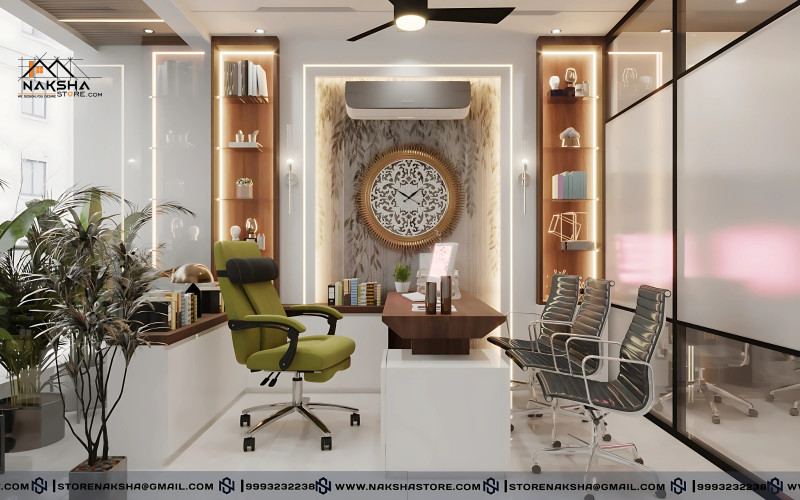
Featured image
Place the provided render at the top or in a ?Studio Gallery? block depending on layout and LCP goals for the page.
If used as hero, avoid lazy?loading and consider fetchpriority=high; if used below the fold, use loading="lazy" for performance.
Why interiors matter
2025 interiors emphasize wellness, sustainability, and functionality, pairing calming palettes with tactile materials to support daily productivity and comfort.
Indian homes and offices lean into multi?purpose layouts, curves, and nature?forward finishes that balance warmth with contemporary lines.
Design principles
Effective interiors apply core elements?line, shape, texture, color, and light?guided by principles like balance, rhythm, and emphasis for visual clarity and harmony.
Keeping the plan readable with clear focal points and proportionate negative space improves both aesthetics and day?to?day usability in compact Indian settings.
Lighting strategy
Layered lighting?ambient, task, and accent?remains foundational, with tunable LEDs and integrated profiles enabling mood shifts from focused work to relaxed meetings.
Kitchen and workspace trends favor sculptural fixtures, warm metallic accents, and energy?efficient sources that double as signature design elements.
Materials and mood
Warm wood tones, soft textures, and nature?inspired finishes align with 2025?s wellness?driven approach while remaining durable for high?use spaces.
Sustainable choices like recycled content and efficient lighting support longer?term value as expectations rise for eco?aware interiors in India.
Process overview
Brief: define space needs, storage, lighting preferences, and palette direction to align scope and constraints up front.
Concept: translate the brief into a plan with focal walls, task zones, and light layering for early validation before detailing.
Detail: finalize materials, joinery, and hardware with documentation that maintains clarity and reduces on?site ambiguity.